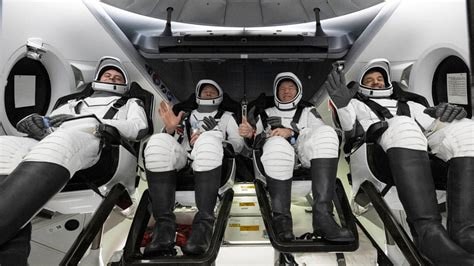
Imagine the possibility that intelligent life is not a rare, extraordinary phenomenon, but rather a natural and inevitable outcome of evolution. This groundbreaking idea is the core of a recent study by researchers at Penn State University, who propose that intelligent life may be more common in the universe than previously thought. By challenging the long-standing ‘hard steps’ theory, their model offers a new perspective on the evolution of intelligence and its dependence on environmental conditions.
The New Model: Evolutionary Steps and Habitability
The ‘hard steps’ theory, which has dominated scientific thinking for the past 40 years, posits that the emergence of intelligent life requires a series of highly improbable events, or ‘hard steps,’ to occur in a specific sequence. This theory implies that intelligent life is rare and unlikely elsewhere.
However, the Penn State researchers have developed a new model that links evolutionary steps to environmental windows of habitability, rather than improbable events. According to their findings, the key to understanding the evolution of intelligent life lies in the periods when a planet’s environment is suitable for life to thrive and evolve. These windows of habitability provide the necessary conditions for life to progress through various stages of complexity, ultimately leading to the emergence of intelligence.
Why It Matters: The Implications of the Study
This research has profound implications for our understanding of intelligent life and our place in the universe. By suggesting that humans are not an extraordinary exception but a natural evolutionary outcome, the study increases the likelihood of discovering similar intelligent life on other planets. This paradigm shift could revolutionize our approach to the search for extraterrestrial life and reshape our understanding of the universe.
The study also emphasizes the importance of planetary environments in shaping evolution. By identifying and studying planets with similar windows of habitability, scientists can better target their efforts in the quest for intelligent life. This new perspective could lead to more focused and efficient cosmos exploration, increasing the chances of making groundbreaking discoveries.
Conclusion
The Penn State researchers’ model challenges the long-held ‘hard steps’ theory and offers a new framework for understanding the evolution of intelligent life. By linking evolutionary steps to environmental windows of habitability, their findings suggest that intelligent life may be more common in the universe than previously believed. As we continue to explore the cosmos, this research could pave the way for a new era of discovery and a deeper understanding of our place in the universe.




